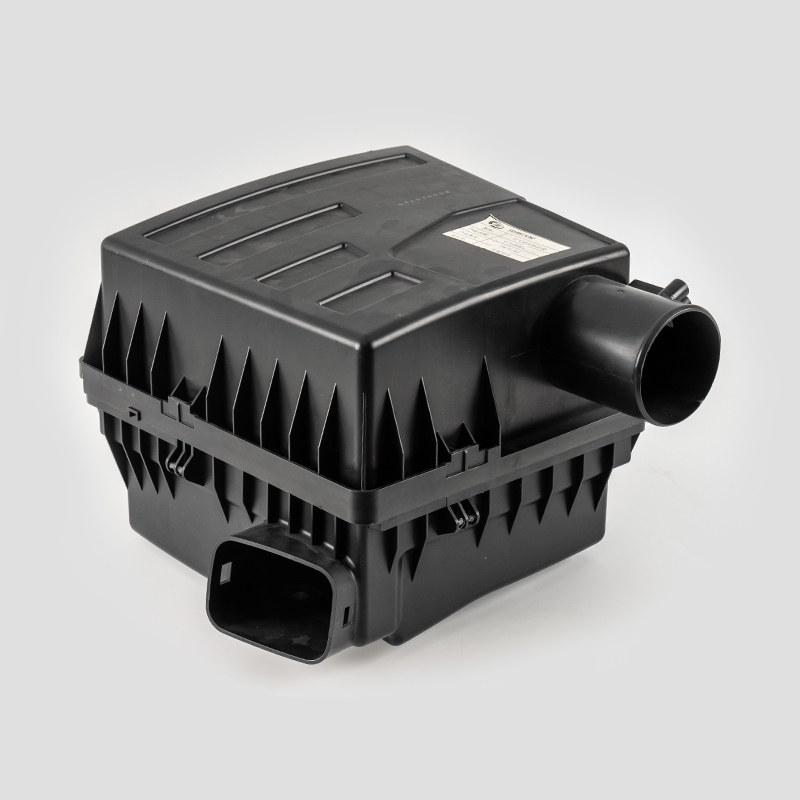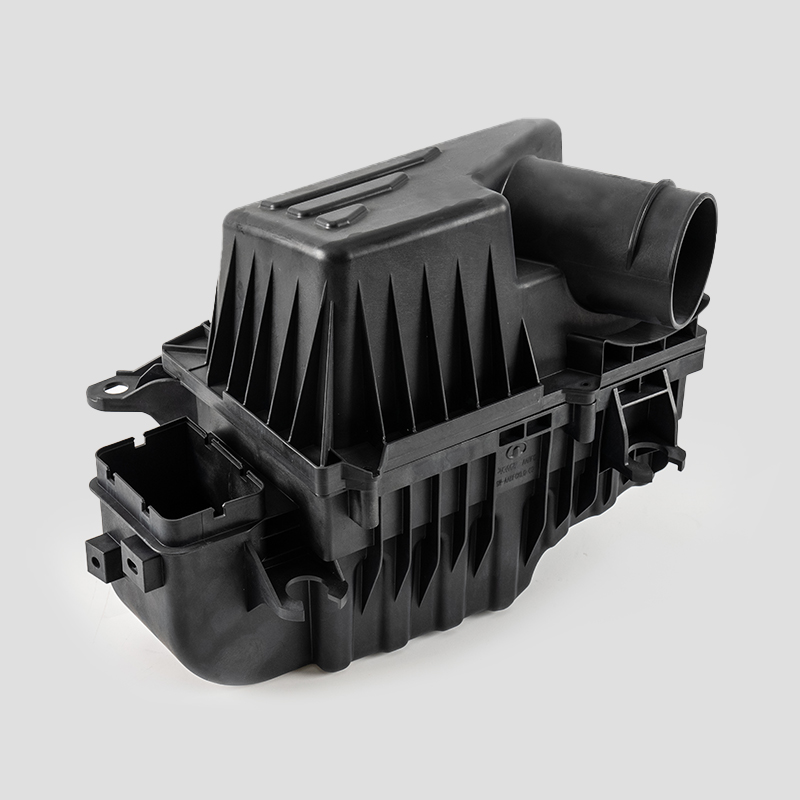How do NBHY air filters effectively block and capture harmful pollutants?
The reason why NBHY air filters can effectively block and capture harmful pollutants is due to its carefully designed multi-layer filtration structure and the comprehensive use of multiple physical and chemical action mechanisms. NBHY air filters use four layers of high-quality cotton gauze, which are treated with specially designed adhesives to form a filter medium that is both compact and elastic. Each layer of gauze undertakes different filtering tasks, and together they form a complex filtration system. This multi-layer structure can not only intercept particles of different sizes, but also effectively block the invasion of microorganisms such as bacteria and viruses, ensuring that the quality of air entering the engine is optimal.
The fibers inside the air filter are intricately arranged to form countless fine grids. When the air containing pollutants passes through these grids, particles larger than the fiber spacing will be directly intercepted on the fiber surface to achieve a preliminary filtering effect. This mechanism is particularly effective for removing larger particles (such as dust, sand, etc.).
When the air flow flows in the air filter, due to the complexity of the fiber arrangement, the air flow will experience multiple sharp turns. In this process, particles with larger mass or faster speed cannot follow the changes in the airflow in time due to inertia and deviate from their original trajectory, eventually colliding and depositing on the fibers. This mechanism further improves the filtration efficiency of the air filter, which is especially important for removing medium-sized particles.
The thermal motion of gas molecules drives the particles to perform Brownian diffusion motion. For tiny particles with a particle size of less than 1 micron, the Brownian diffusion effect is particularly significant. These particles move randomly in the airflow, increasing the chance of contact with the fiber surface, thereby increasing the possibility of being captured. This mechanism makes the NBHY air filter perform well in removing tiny particles.
In some cases, particles, fibers in the air, and positive and negative charges in the airflow may produce electrostatic effects. When charged particles approach fibers with opposite charges, a strong attraction is generated between them, causing the particles to be electrostatically adsorbed on the fibers. This mechanism not only improves the filtration efficiency of the air filter, but also enhances its ability to capture tiny particles.
The NBHY air filter achieves effective blocking and capture of harmful pollutants through the comprehensive use of multiple mechanisms such as its multi-layer filtration structure, interception, inertia, diffusion, and electrostatic effects. These features make NBHY air filters play a vital role in protecting the engine from pollutants, extending its service life and improving the overall performance of the vehicle.




 English
English Español
Español عربى
عربى







